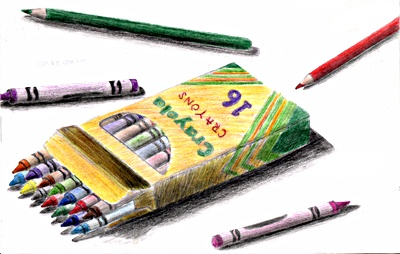All Nonfiction
- Bullying
- Books
- Academic
- Author Interviews
- Celebrity interviews
- College Articles
- College Essays
- Educator of the Year
- Heroes
- Interviews
- Memoir
- Personal Experience
- Sports
- Travel & Culture
All Opinions
- Bullying
- Current Events / Politics
- Discrimination
- Drugs / Alcohol / Smoking
- Entertainment / Celebrities
- Environment
- Love / Relationships
- Movies / Music / TV
- Pop Culture / Trends
- School / College
- Social Issues / Civics
- Spirituality / Religion
- Sports / Hobbies
All Hot Topics
- Bullying
- Community Service
- Environment
- Health
- Letters to the Editor
- Pride & Prejudice
- What Matters
- Back
Summer Guide
- Program Links
- Program Reviews
- Back
College Guide
- College Links
- College Reviews
- College Essays
- College Articles
- Back
Ideal Student-Teacher Relationship
Relationships between teachers and students should involve a well-balanced combination of respect, trust, and discipline. While teachers do not need to develop deep friendships with students, they may interact on a friendly level. Such positive interactions will encourage students to learn and succeed. Not only do students learn from their teachers, but an effective teacher should be able to learn from the feedback of the students. Recognizing and respecting the students' opinions and measuring their progress is a great way for teachers to further improve mutual connections.
In order to stimulate a healthy learning environment, the students should demonstrate respect for their teachers. Whenever the teacher is talking, students should listen. Listening displays to the teacher that the students are trying to learn and understand the material. A good way for students to demonstrate interest is by body language. For example, students should not sleep, or put their heads down on the desk, as this expresses a lack of interest, and shows disrespect. Students should also try to maintain eye contact with their teacher. At the same time, a teacher should try to maintain eye contact with each of the students in the class. Also, when speaking, teachers should project interest on the topic to keep the students engaged.
Students will commit themselves more to the learning process if they trust their teachers. If learning material is unclear or confusing, students should feel comfortable approaching their teachers for additional assistance. Also a teacher should be able to recognize when a student requires extra attention. When extra help is necessary, teachers should not hesitate to help their students. The assistance can consist of just repeating a question, or meeting with the student and explaining the lesson in a less complex manner.
No relationship is perfect; problems will arise in all relationships. When difficulties occur, they should be addressed in a fair and just way. Each person should have the opportunity to voice his or her opinion. If a student talks at an inappropriate time, the teacher should approach the problem swiftly and directly so that distractions can be limited. The consequences should relate appropriately to the behavior. Teachers who distribute harsh punishments do not necessarily earn the students' respect. If the punishments are perceived as unfair by the students, respect for the teacher may be sacrificed. There needs to be a clear line to distinguish what is necessary for disciplinary reasons, and what is unfair. These guidelines should be respected and followed by both the students and teachers.
The goal of every student-teacher relationship is to provide a stimulating learning environment for the students. In order to generate positive results, the relationships should be based on mutual respect, trust and discipline. Without these aspects, an ideal relationship would be nearly impossible.

Similar Articles
JOIN THE DISCUSSION
This article has 1 comment.
